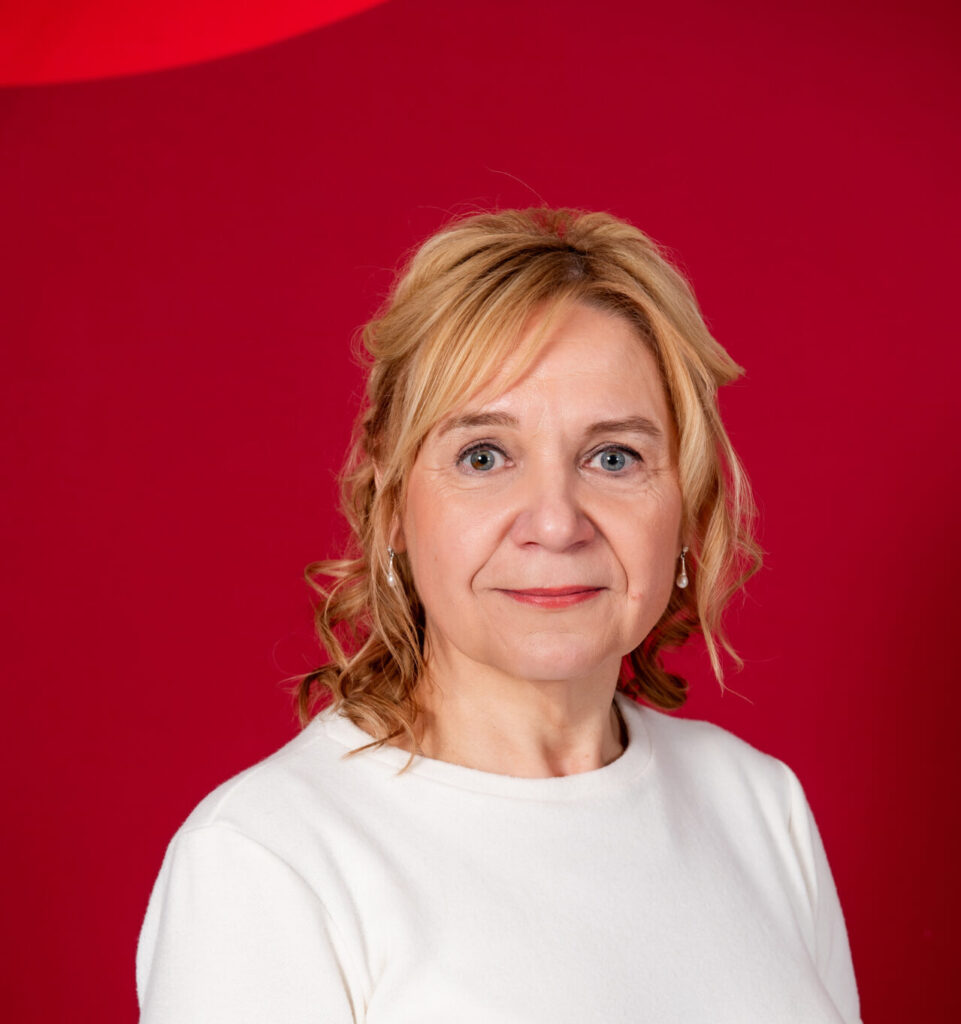In Estonia, the maximum duration of the working day is determined through rest time. The working day may not generally last more than 13 hours, because the employee must be guaranteed at least 11 hours of rest for each 24-hour period, which is stipulated in Section 51, subsection 1 of the Employment Contracts Act.
Exceptions are allowed on the basis of subsections 3 and 4 of the same law, but only on the condition that the employer has prepared a risk analysis of the working environment, which confirms that such work arrangements do not harm the health and safety of the employee. On the basis of paragraph 3, the conclusion of a corresponding agreement in the collective agreement between the employer and the employee representative is also a condition.
Shorter hours, happier employees
Burnouts, stress and boredom have become part of the daily life of employees. All over the world, more productive companies are reducing daily workloads and switching to shorter workdays. Psychological experts have pointed out that working hours, with shorter hours and frequent short breaks, make employees happier. There is increasing evidence around the world that countries with the highest average working hours are the least productive and those with the shortest working days are the most productive.
The work of a good nurse requires precision and attention. According to Roshen Perera, a person can truly concentrate for 52 minutes at a stretch. There are also claims that the concentration time can be up to one and a half hours. To generalize, we can only be truly productive for about six hours a day, and that’s assuming we take breaks.
Dividing round-the-clock watches into parts
Due to the circadian rhythm, the human body cannot be productive for 12 hours in a row. How our body reacts during the day depends on things like hormones, diet and exposure to daylight. Researchers studying all of these questions have found that we are more intellectually and physically productive at certain times of the day.
The best and most effective working time is during the day. Evening and night work is less productive, more taxing on the body, and since attention is more distracted, the risk of work accidents is also higher. These views are supported by Ulrich Stoetzer from the Swedish Working Environment Agency: “Insufficient rest and sleep affect concentration, decision-making and can lead to mistakes and accidents.”
The best way to retain employees is to offer flexible working conditions. In health care, remote work is unfortunately not possible on a large scale, so one important step is to divide the 24-hour shifts into parts. In the countries of the European Union, the division of the 24-hour work cycle into three 8-hour shifts has been implemented. In Estonia, most of the guards are 12- or even 24-hour. Our healthcare workers have no different experience and having worked in healthcare for many years, they do not know how to work 8-hour days.
Introducing working time innovations will keep employees
Valvetöö pikkuse saab ja võib määrata iga tööandja ise. Haiglad ei rakenda kolme vahetusega töögraafikuid mitmel põhjusel, nagu näiteks kehv ja kallis transport, töökoha kaugus kodust ja töötamine mitmes asutuses korraga. Harjumustel on suur jõud ja loomulikult on uuenduste elluviimine keeruline. Graafikute tegemine muutub komplitseeritumaks, erinevatest linnadest töölkäimine võib osutuda probleemseks, mitmel töökohal töötamine ei ole enam teostatav. Kõik see nõuab ümberharjumist ning töö- ja pereelu ümberkorraldamist.
Kindlasti võidame aga töö kvaliteedis ja patsiendiohutuses. Saame parandada tervishoiutöötajate töö- ja puhkeaja tasakaalu ning vähendame läbipõlemist ja stressi. Lühem tööaeg annab meile võimaluse töökorraldust efektiivsemalt jaotada ja rakendada rohkem aktiivset tööaega.
Tervishoiusüsteem töötab inimestega, kus iga viga võib viia keeruliste ja raskete tagajärgedeni. Vigade tõenäosus kasvab, kui inimene on väsinud, sest tähelepanu ja kontsentreerumisvõime väheneb. Kiiret reageerimist vajavatel töödel on pikk valve ohtlik nii tervishoiutöötajatele (näiteks enesevigastuse oht) kui ka patsiendile, kellele võib tähelepanematusest mõnd ravimit manustades vea teha.
Tervishoiutöötajate kurnatusele pole olemas lihtsaid lahendusi, aga kusagilt peab alustama. Kui keegi ütleb, et meil pole selleks raha, tasub veel kord mõelda, sest ka praegu on meil ööpäevane valvering kaetud.


